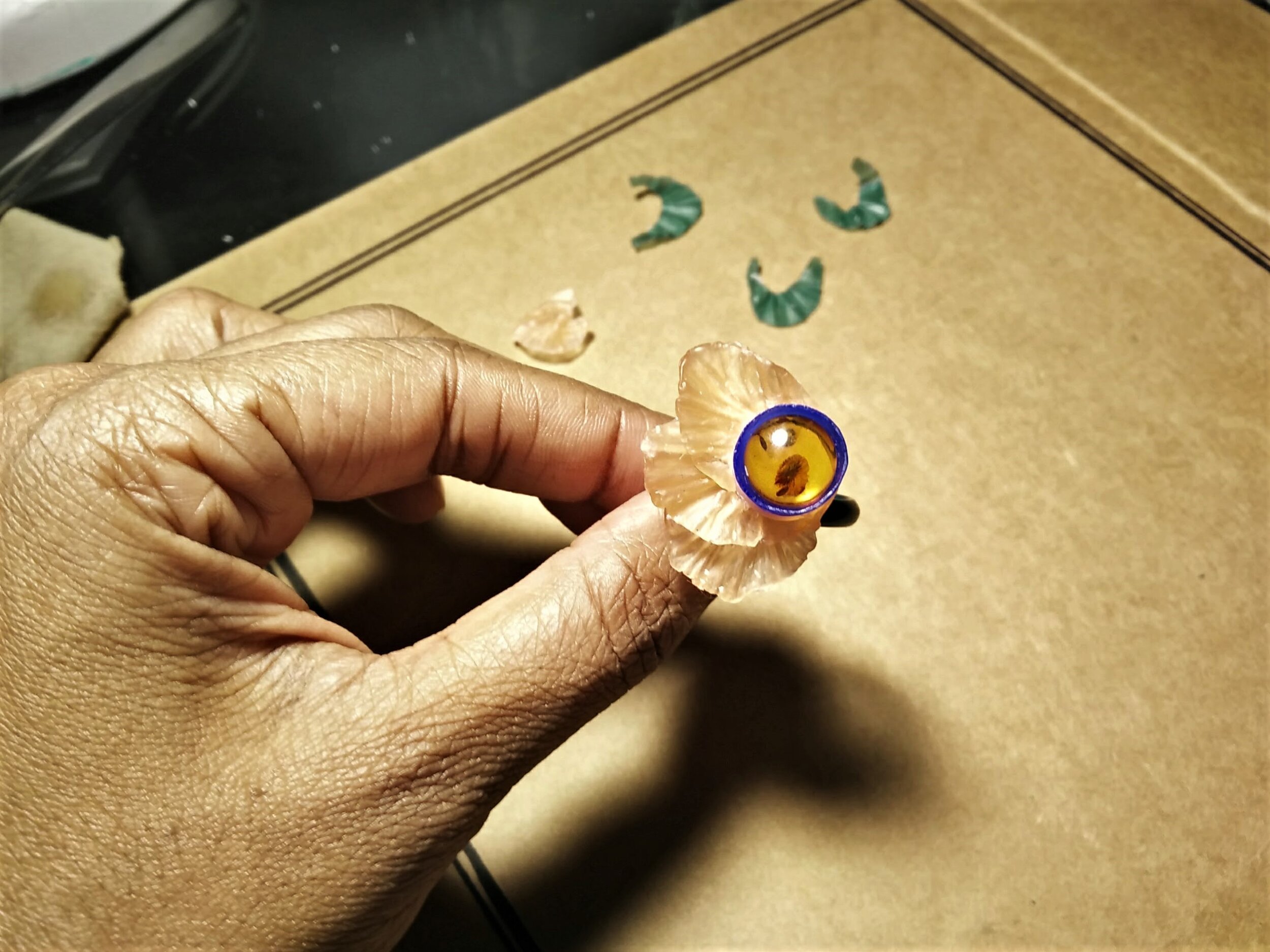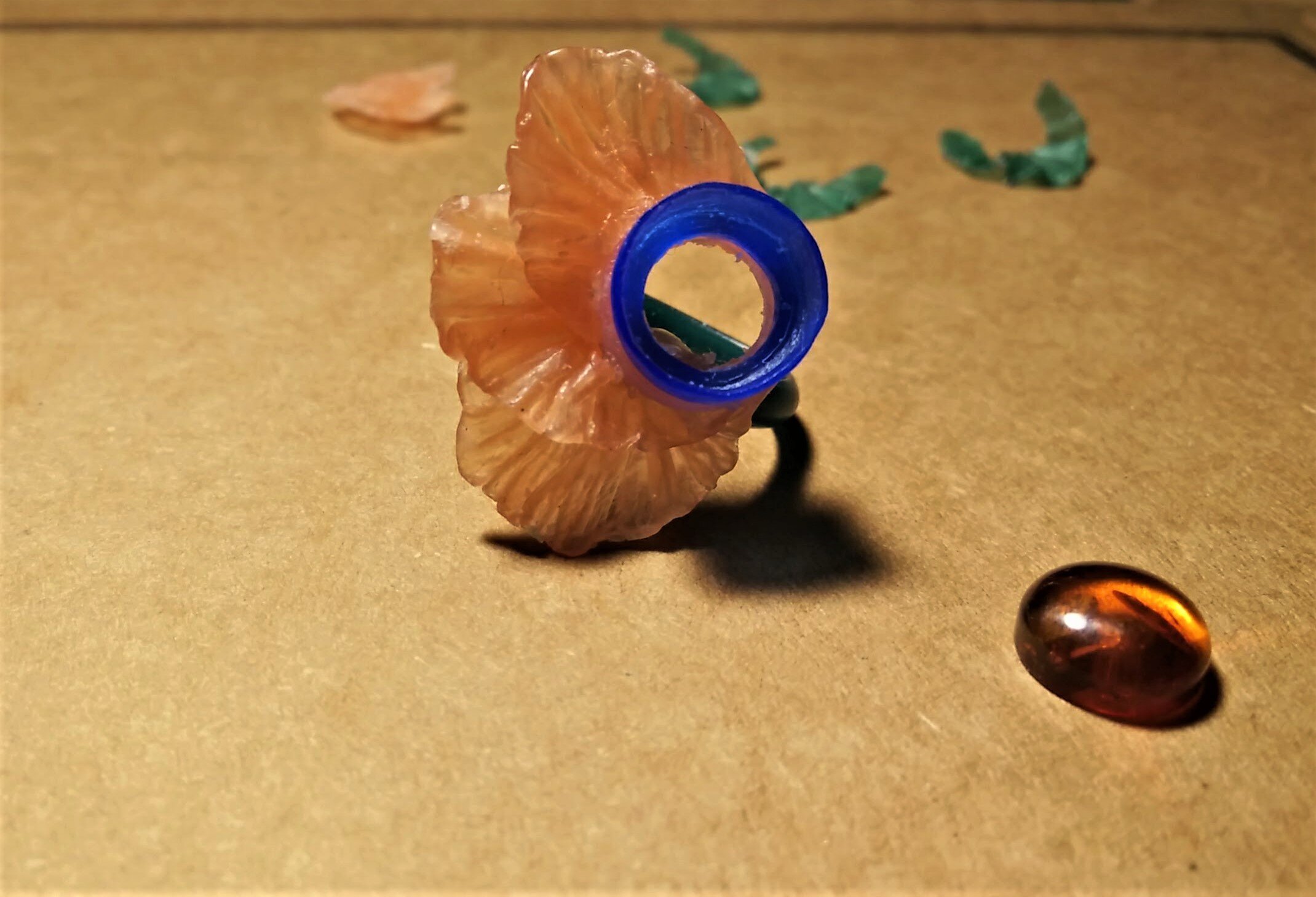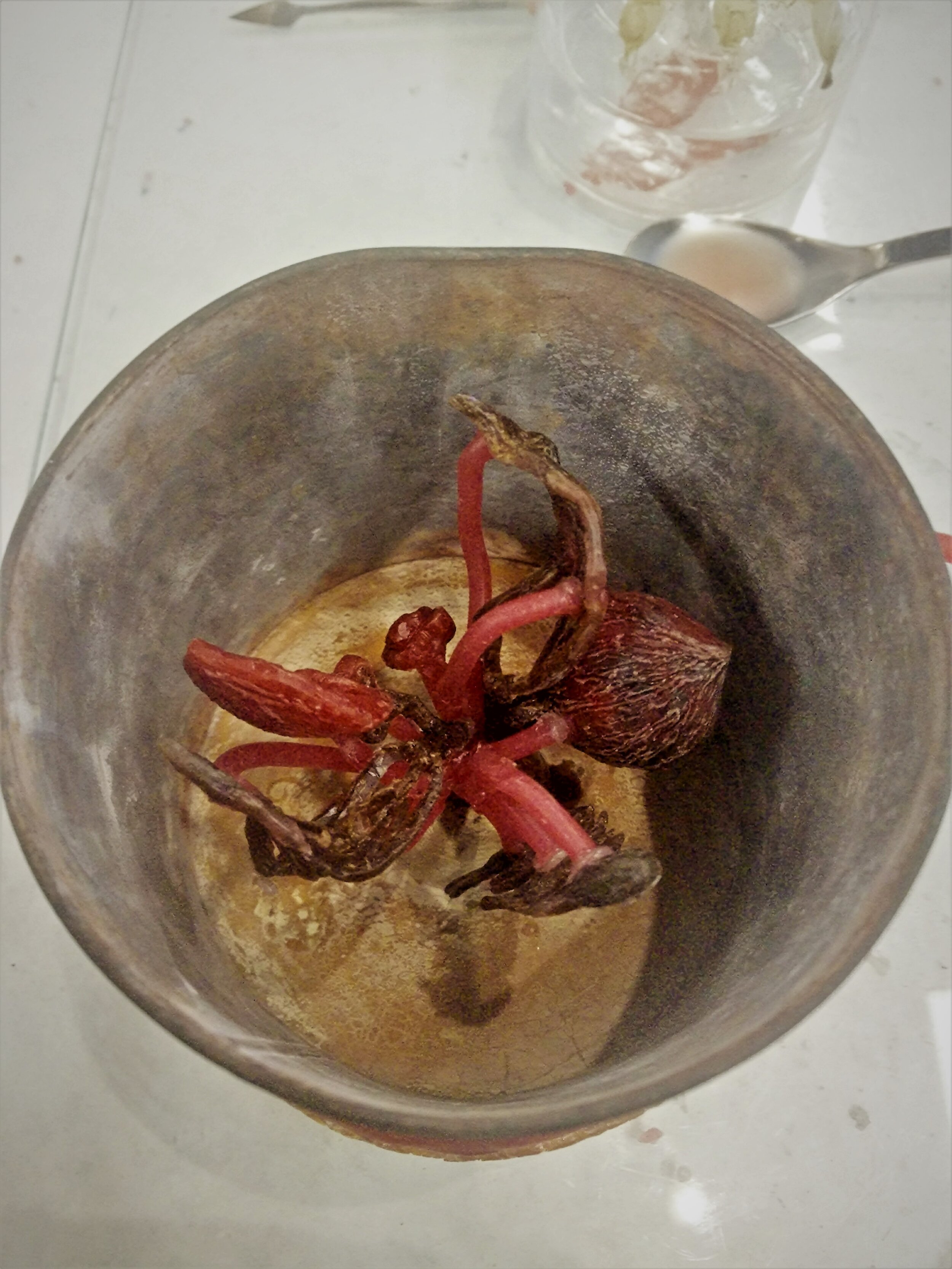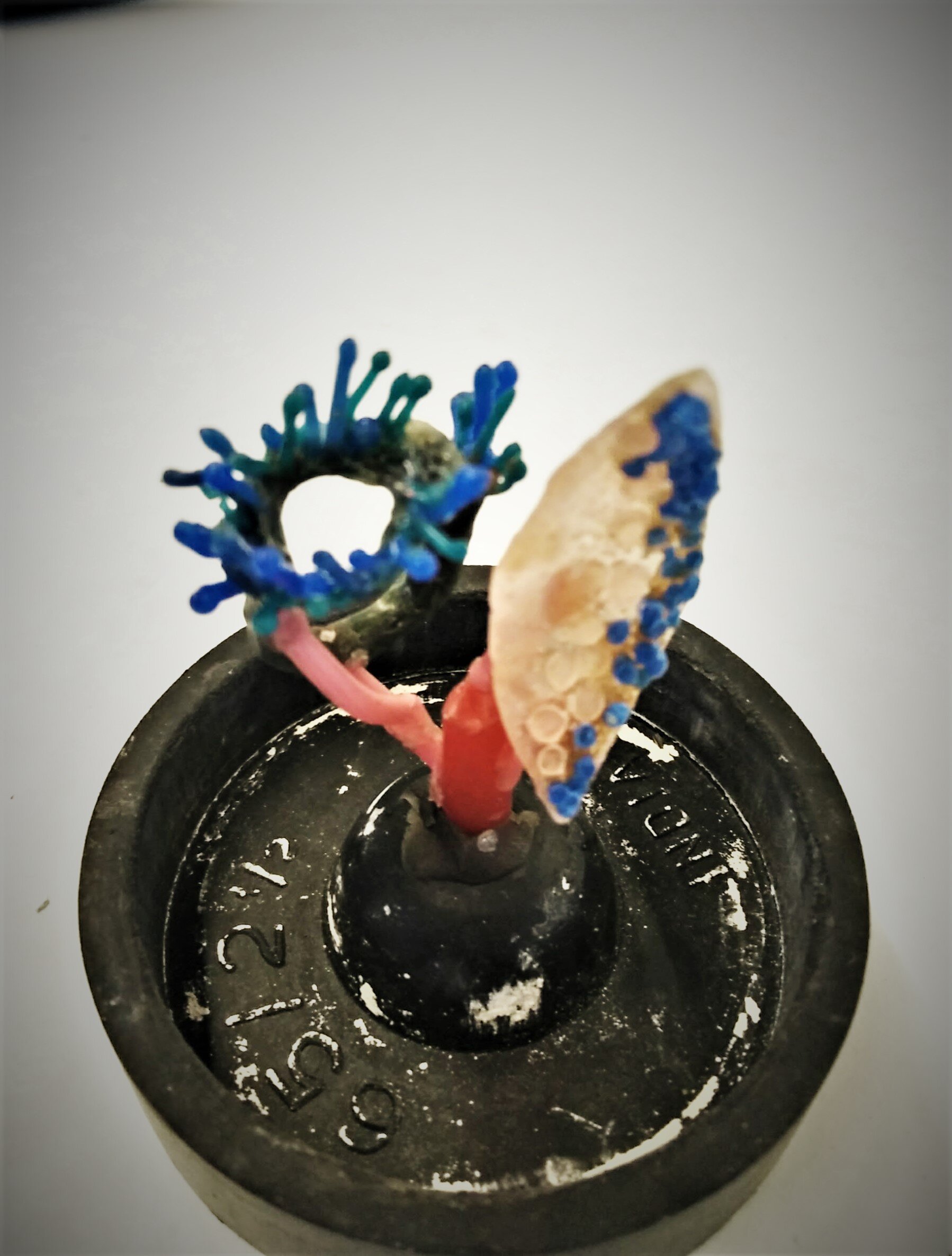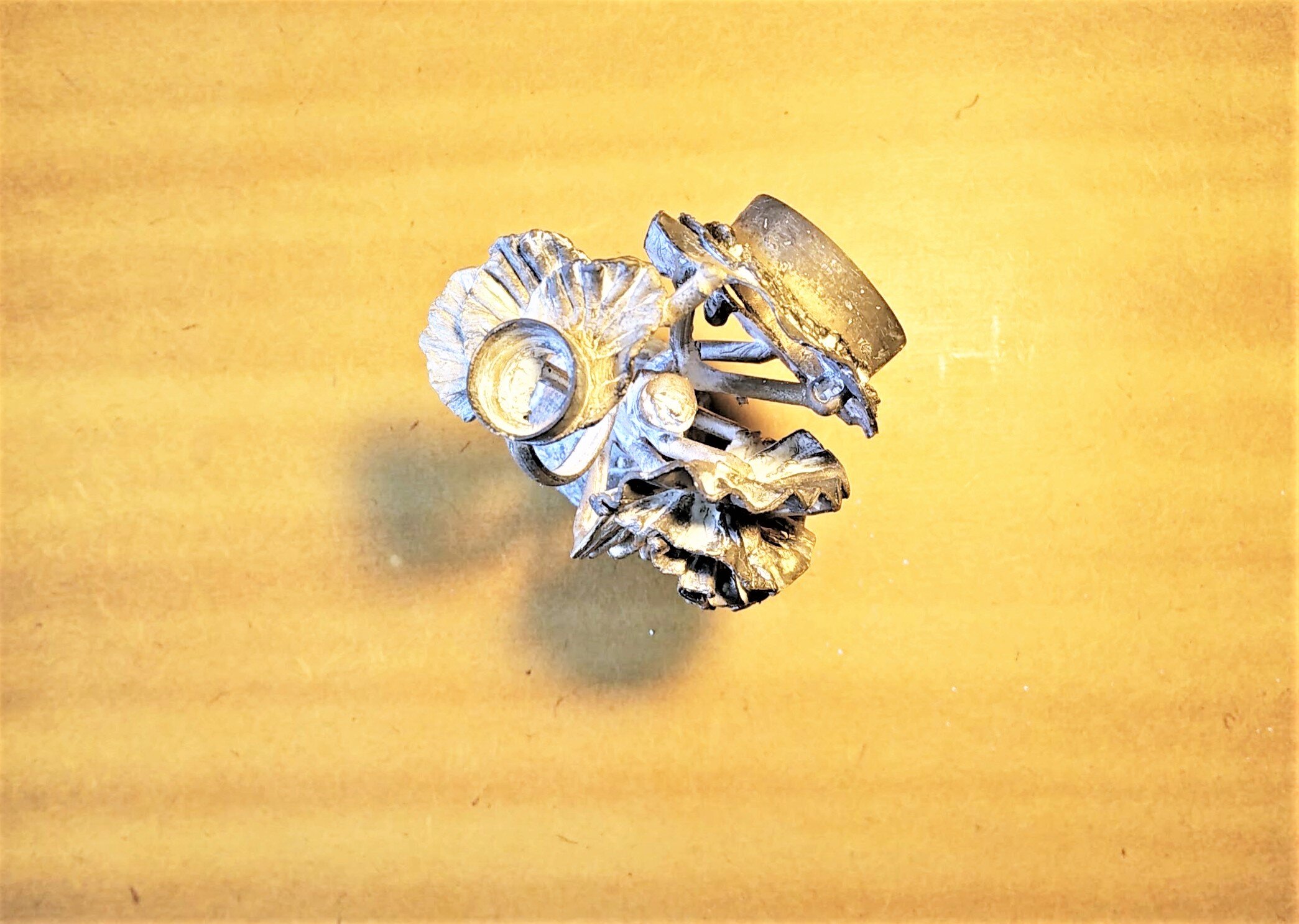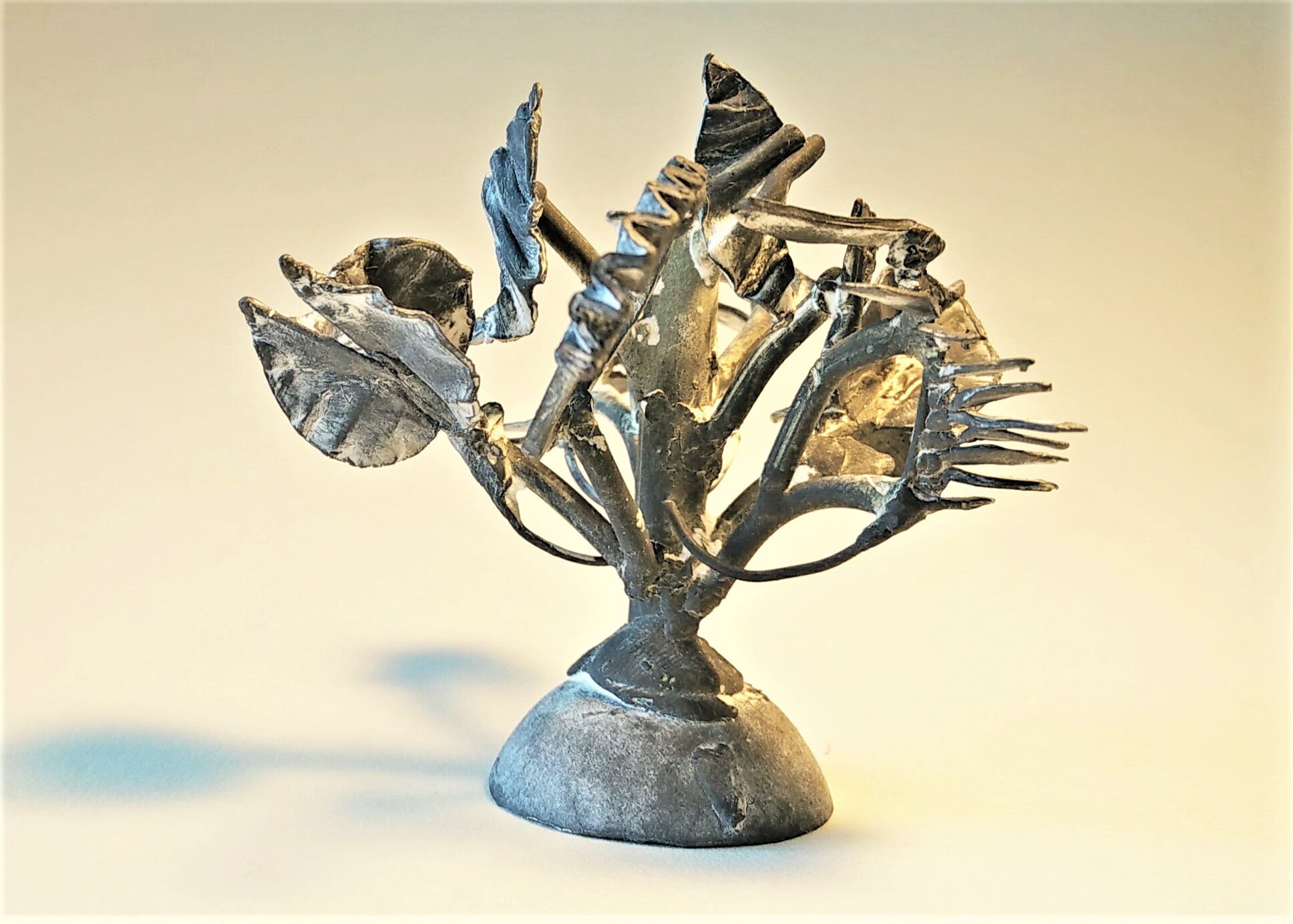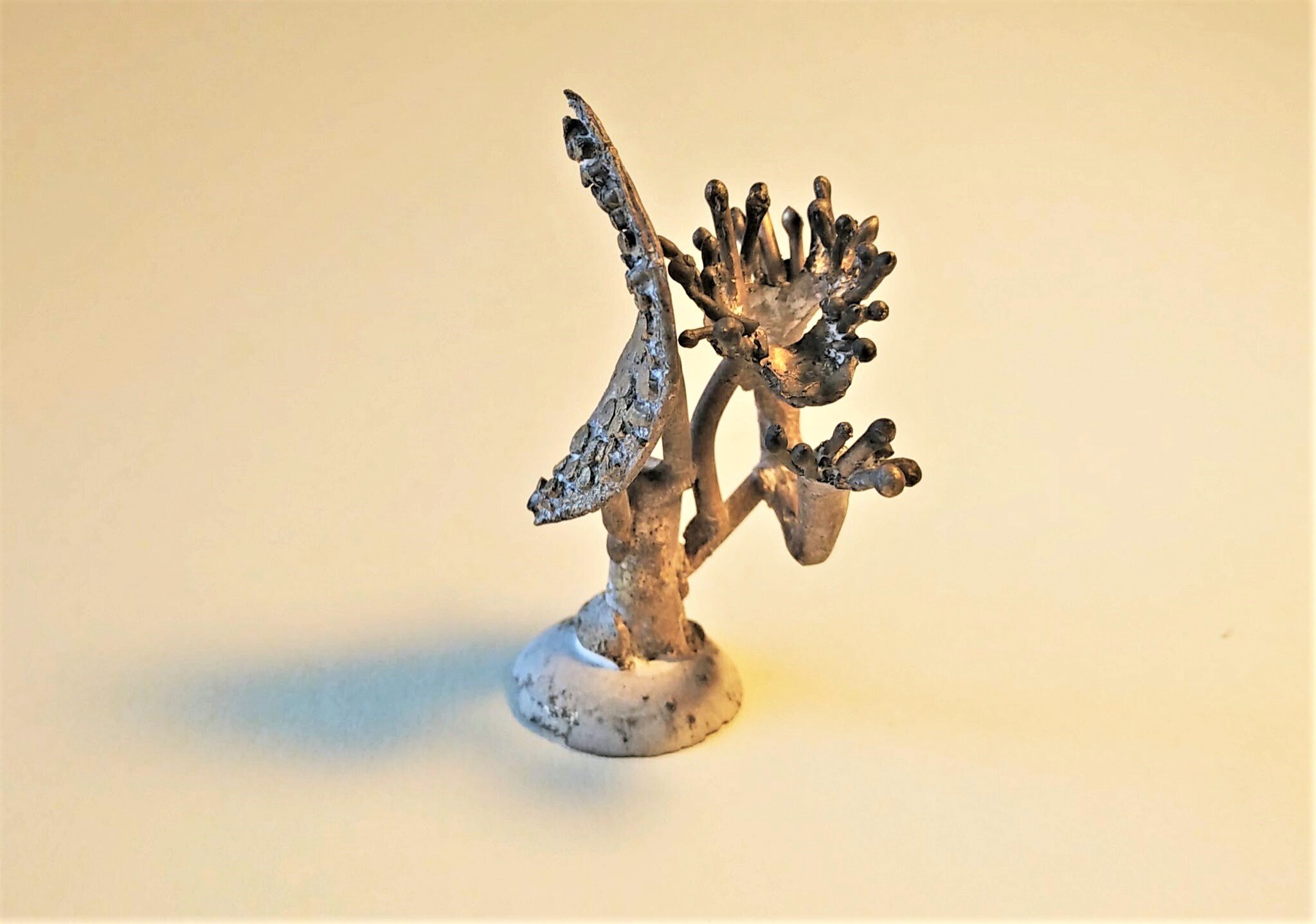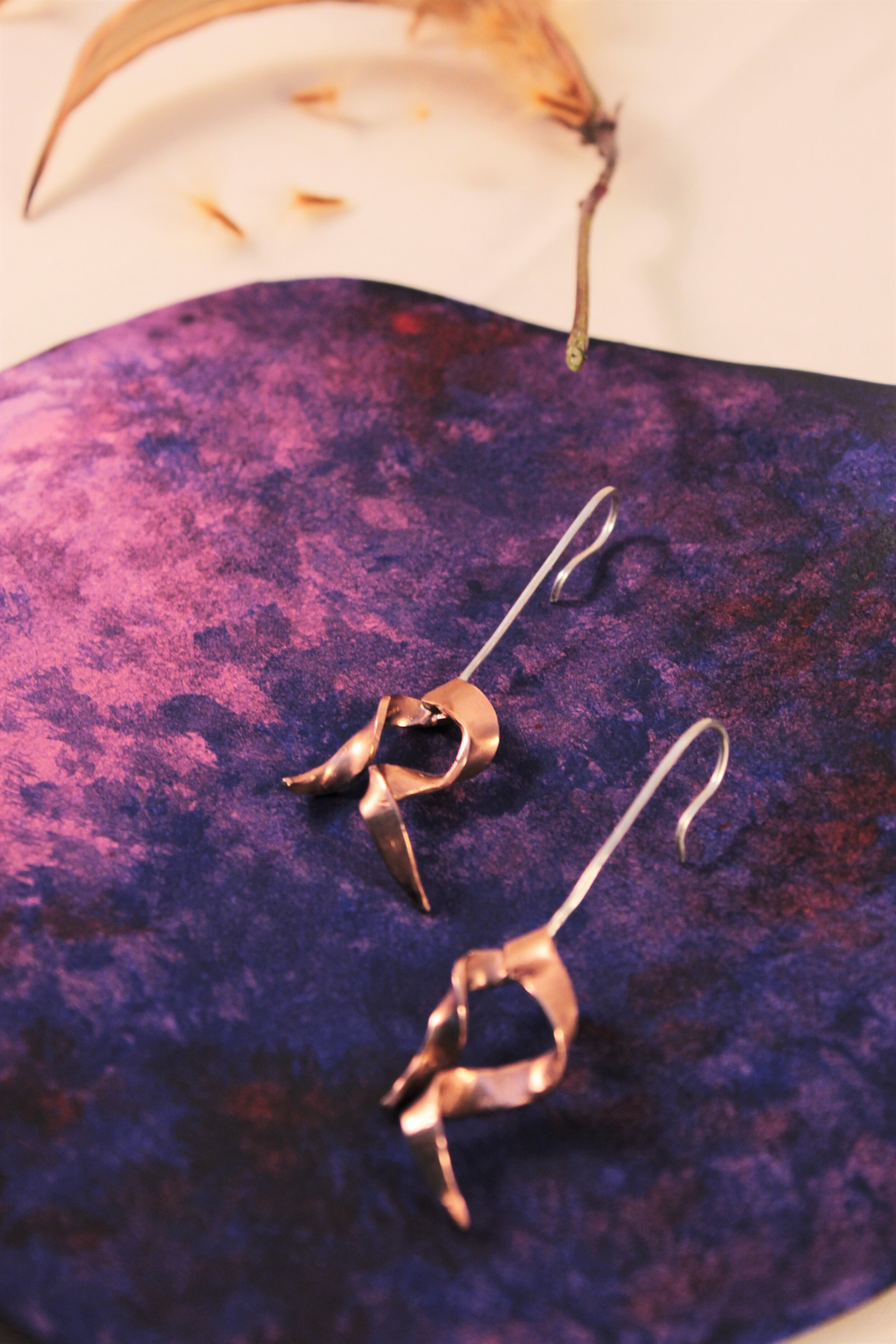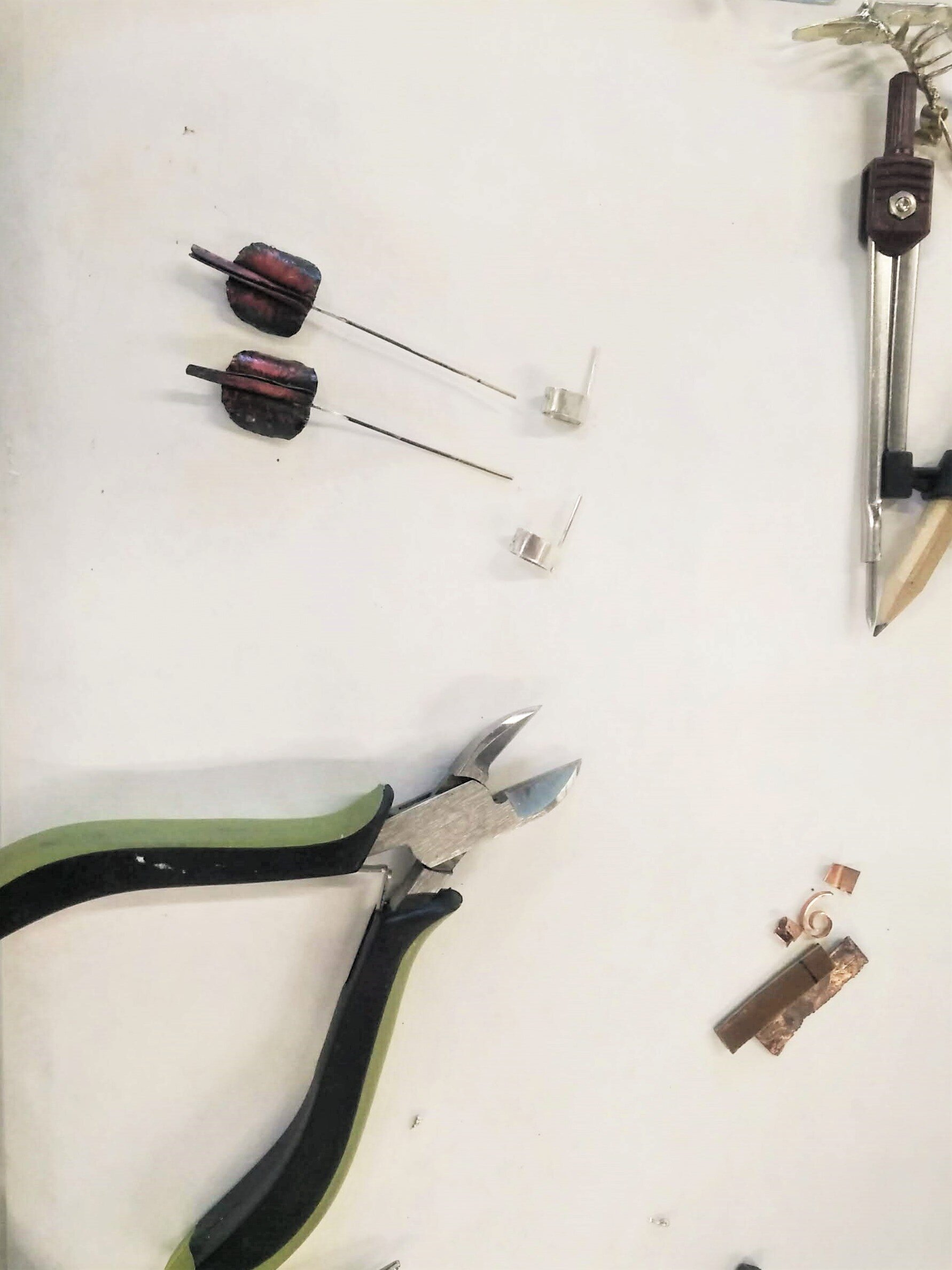THE MAKING OF ‘DAAG’
The concept of 'Daag' (Hindi word for stains or scars) was developed through the form studies of seed pods I had collected (see previous post - Concept note for Daag). This included explorations through the mediums of sketching, photography and short animation clips.
The basic form of the objects in this collection has two elements – Structure and Texture. The key words for the elements were deduced from the reoccurring ideas in the form studies. For Structure, the words are: FOLDS, LAYERS, STACK. For Texture, they are: FLOAT, TWIST, FLUTTER and FLY. The words have also been used in combination with one another, such as: twisted folds, fluttering stacks, floating layers and so on. The key words became the guiding lines for the form development.
The fabrication techniques and the materials used have equal parts to play in the form making process. I chose to work with only one material and that is metal. And I chose to make jewellery objects. This collection of jewellery comprises of 3 series: 01. Bronze 02. Sterling Silver 03. Copper plus Sterling Silver. The bronze and the sterling silver pieces were made by an ancient casting technique called "lost wax process". I learned this technique and cast the pieces in the collection under the guidance of my teacher - Elina Peduzzi. The pieces were first made in wax and then cast into the desired metal. As the name suggests, the wax objects are "lost" during their transformation to metal. It’s a beautiful technique. I was working with wax with the knowledge that the final object is going to be of a completely different material. Wax as a material renders a certain flexibility and allows for variables in experimenting with form and textures. My aesthetic has been one of clean lines and geometry, almost minimal in style. But working with wax, I found myself repeatedly leaning towards making organic forms. Something that I enjoyed immensely once I stopped resisting and gave into the process. The organic forms of the pieces is evident in the collection.
There are many variations in the lost wax technique of casting. I am going to briefly describe how I cast the objects. The following description is not meant to be prescriptive, but more documentative. Looking back at the process, I am going to roughly divide it into 3 stages. For each stage I had to don on 3 different hats as a maker - the artist, the solutionist and the machinist.
The artist (stage 1): The wax objects are crafted. This involved using my hands, tools and a flame (heat) to mould and shape the objects. This stage provides the most creative freedom to experiment and explore. There is a physical manifestation of the ideas from the form studies in the wax objects. At this stage the idea transforms to its first tangible, physical form.
The solutionist (stage 2): I think it is the most important stage of the casting. Once all the objects were ready, I grouped them together into "trees", according to the metals they will be cast into - bronze or silver (see picture below). Making the trees was tedious but also fun like a 3D puzzle. The sprues (little branches) with the wax objects need to be strategically arranged to enable optimal spacing for the molten metal to flow in. It requires an understanding of how the molten metal would behave and then accordingly adjust positions of the objects on the sprues. As I see it, it requires one to have a set of problem solving skills that can only develop over time and practice. And this is the key to ensure a certain degree of success in casting. The wax trees were then placed in hollow metal cylinders and a calculated mixture of the investment powder and water is poured into. The trees were then completely submerged in this liquid. A quick side sentimental note - this was the last I saw of the wax pieces before they transformed to metal. The cylinders were then fired for over 8 to 9 hours in a kiln. During this time, the wax melts away, leaves behind an "empty space", a wax tree shaped mould inside the cylinder.
The machinist (Stage 3): The last step in casting the metal. I used a centrifugal casting method. The hot cylinder is taken right out of the kiln was placed in the arm of the centrifugal machine and it is wound up. The metal grains I was going to cast, are placed in a ceramics crucible next to the opening of the cylinder. The metal is melted using a torch flame. On releasing the arm, it rotates and the centrifugal forces push the metal to rush into the empty spaces of the wax tree inside the cylinder (See the video below). The cylinder is then removed from the arm and sunk into a bucket of water. Voila! We have the metal tree! After cleaning, the objects are sawed out of the tree and finished.
The 3rd series combines 2 metals - silver & copper. For this, I used a completely different technique of production called metal fabrication. This involved working directly with the metal. I used some metal forming techniques to achieve a more organic form with creases, curves and folds. Jewellery fabrication techniques of metal forming, chasing, soldering and riveting have been used. Many prototypes were made and experiments were embarked upon before arriving at the final objects.
The journey of “Daag” has been a truly exhilarating one. The joy of holding the final objects in my hands is incomparable. When I look at the final objects, I see how they all bear unique marks of the hand and the tool. I can trace the journey of each piece from sketch to tangible object. Over the course of making the collection, I learnt new techniques and skills of working with metal, and this has opened a whole world of possibilities. I also learnt that all the doubts and trials experienced are important to the process. The wide eyed maker in me is eager to delve deeper into working with this new found knowledge of tools, materials and the body.
However the finished objects are not the end of the process. The next step in the process is photographing them, so that the collection can be showcased and shared with everyone. The next blogpost has the concluding notes on the making for DAAG.



